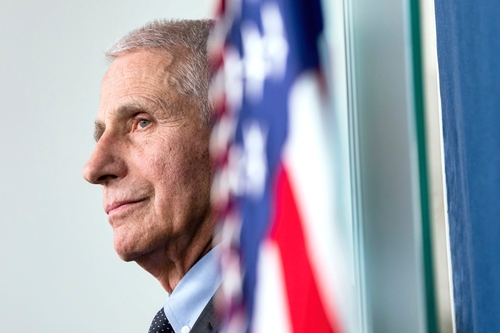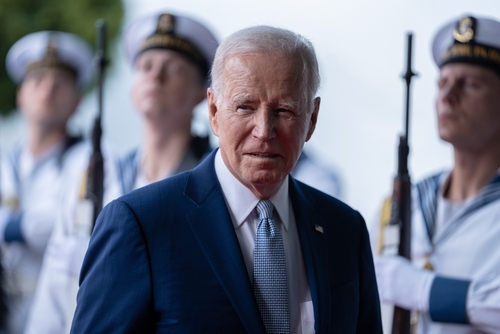In a move that’s sparked fire and fury, Trump’s executive order expands logging in Oregon’s forests while conservationists sound the alarm on environmental impact.
At a Glance
- Trump’s order aims to boost American timber production, citing economic security needs.
- The order permits sidestepping of environmental laws, raising concerns among conservationists.
- Supporters see potential for economic growth; opponents fear environmental devastation.
- Communities face a dilemma between job creation and ecological preservation.
The Executive Order’s Intent
President Donald Trump signed an executive order to expand timber production on federally managed lands. Framed as a matter of national and economic security, the order’s intent is to revive the dwindling timber industry, alleviate job losses, and reduce dependency on foreign lumber imports. However, the initiative isn’t as clear-cut as it seems. While it promises economic boons, this approach could bring more harm than help to both the forests and the climate.
The Trump administration seeks to streamline permitting processes, bypassing vital environmental protections such as the National Environmental Policy Act and the Endangered Species Act. These changes ostensibly aim to expediate timber production by reducing bureaucratic hurdles, yet they could herald disastrous consequences for natural habitats and endangered species.
A Tightrope Walk for Oregon
For seasoned timber harvesters like Roy Blackburn from Oregon’s Willamette National Forest, the policy shift is a double-edged sword. While it could reinvigorate a once-thriving industry beleaguered by regulatory constraints and market changes, conservationists counter that current logging practices prioritize short-term revenue over long-term ecological health. Environmental advocates argue the move is less about sustainable forest management and more about clear-cutting for profit.
“Immediate Expansion of American Timber Production” – Trump administration.
This executive push comes despite evidence suggesting that wildfires, insects, and disease pose greater threats to federal lands than logging. Indeed, the call for expanded logging arrives alongside growing wildfire threats—a result of decades of poor forest management that conservation strategies may only worsen.
Rifting Community Opinions
Critics point to the administration’s dismissal of climate change as a principal driver of wildfire severity. Dominick DellaSala, an eminent scientist, sharply criticized the order, labeling it a ‘double whammy on the climate’ due to its potential to increase both logging and fossil fuel production. Meanwhile, Idaho has seen similar executive orders push logging supposedly to curb wildfires, yet concerns remain about habitat destruction and environmental neglect.
“The president’s push to expand timber and fossil fuel production ‘is a double whammy on the climate.’” – Dominick DellaSala.
While timber industry advocates argue that modern logging targets smaller trees and reduces fire risks, environmentalists claim that maximizing logging can ironically exacerbate fire threats. As communities find themselves torn between preserving nature and fueling local economies, legal battles and public opposition mount against these policies.






